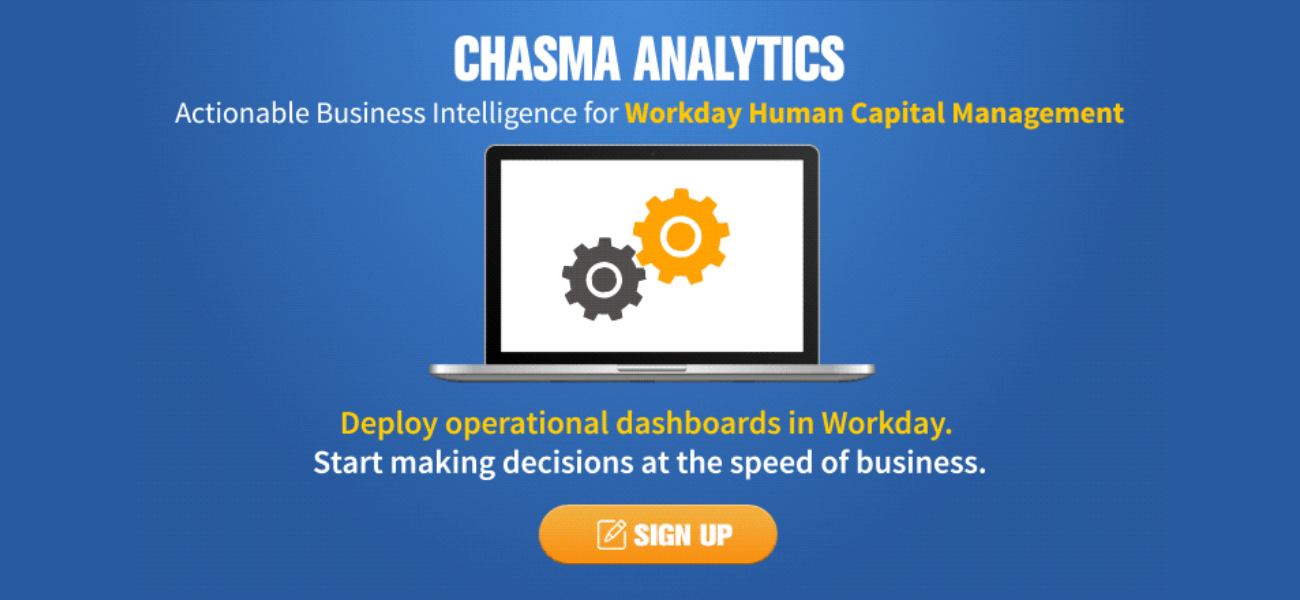
The noise about people analytics has reached such a fever pitch it reminds us of the first chapter of Douglas Adams’ Hitchhikers Guide to the Galaxy.
We paraphrase the opening scene, where the nasty, bureaucratic Volgons announce they are about to destroy Earth to make way for a hyperspace bypass:
People of HR!
Your entire operation is about to be disrupted. If you don’t become experts in people analytics right now, you will lose the war for talent, your talented people will leave you never to return, and your company will become known as the place nobody wants to work.
Don’t panic!
People Analytics Is Already Here
Your world is not about to be turned upside down, but over the next few years, you will acquire better tools and knowledge for managing your workforce.
The way you manage talent over the entire employee lifecycle is changing. We once relied on experience, best practice benchmarks, and instincts to make the right decisions. As the practice of analytics becomes more user-friendly, advanced analytics and artificial intelligence will help make data-driven decisions. It will give you new insights and remove many of the biases that rule the way organizations acquire, engage, retain, and promote talent. It’s happening around you already in small ways or large, depending on where you are in your analytics journey.
Most organizations are still in the process of mastering operational reporting, but the use of people analytics is much more widespread than you might think. Many companies engage the services of analytics consultants to explore correlations and understand causes of human behavior, and there are hundreds of companies that provide analytics services in the form of predictive assessments for hiring and promotion. New competency libraries based on advanced analytics are available right now.
/Chasma%20Blog%20Post%20Images/Build%20Trust%20in%20HR%20Reporting%20with%20Relevant,%20Role-Based%20Dashboards_IB.png?width=800&name=Build%20Trust%20in%20HR%20Reporting%20with%20Relevant,%20Role-Based%20Dashboards_IB.png)
In the short term, outsourcing makes sense, but over the long haul, HR will need to become more capable of asking the right questions and understanding the principles behind the analysis.
Build Credibility in HR Data
HR has historically had a credibility problem with data and reports. Many organizations have fragmented, inaccessible, or erroneous data, but we don’t believe that is the root of the credibility issue. The real problem is in the messaging. HR has focused on metrics, sophisticated analytics, and accuracy when the focus should be on the people who need the insights information can provide.
In our experience, the way to achieve credibility is to deliver business intelligence using operational reports in role-specific dashboards. We often see functional dashboards such as revenue dashboards or indicators for KPIs or OKRs. Many display only information from a single application, when the user needs much more.
/Chasma%20Blog%20Post%20Images/Build%20Trust%20in%20HR%20Reporting%20with%20Relevant,%20Role-Based%20Dashboards_IC.png?width=821&name=Build%20Trust%20in%20HR%20Reporting%20with%20Relevant,%20Role-Based%20Dashboards_IC.png) For example, a manager needs a complete picture of team and individual performance and development when he or she is focused on coaching and developing the team. They shouldn’t have to go to one report to see performance, go to a report in another application to see development progress, and go to still another report to view the succession plan. All that information should be in one dashboard. It may not be feasible to display all information at once, but it should be accessible from the dashboard.
For example, a manager needs a complete picture of team and individual performance and development when he or she is focused on coaching and developing the team. They shouldn’t have to go to one report to see performance, go to a report in another application to see development progress, and go to still another report to view the succession plan. All that information should be in one dashboard. It may not be feasible to display all information at once, but it should be accessible from the dashboard.
We recommend working with every key role in your organization understand how they work and what information they need. Make a concerted effort to place the information they need to perform related tasks in a single set of displays and resources. We also recommend:
- putting the information in context by communicating its purpose, uses, and impact,
- showing how having the right data available can help them improve their decisions, and
- solicit their participation in the design and frequent feedback after deployment.
Use a Collaborative Approach
Designing HR dashboards takes a broad and deep understanding of the subject matter and design skills to understand how you should package the information. It takes more than a skilled developer to create a truly useful set of dashboards. You will need the help of the people who use the information.
Relevant, useful dashboards will help you create a foundation of credibility and the distribution channels for your analytical insights, but data and visualizations do not speak for themselves. Couple them with communication that motivates users to act on the information.
Chasma Place is an independent source for solutions that will help you keep pace with changes in the way your people work without ripping and replacing your existing systems.
References:


